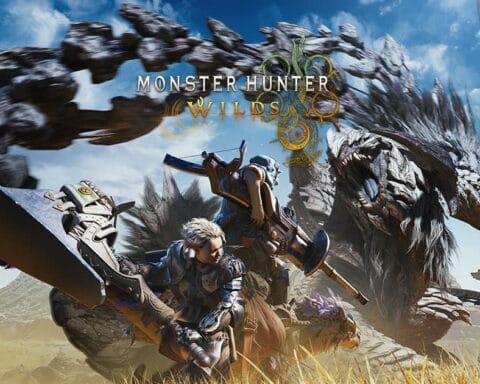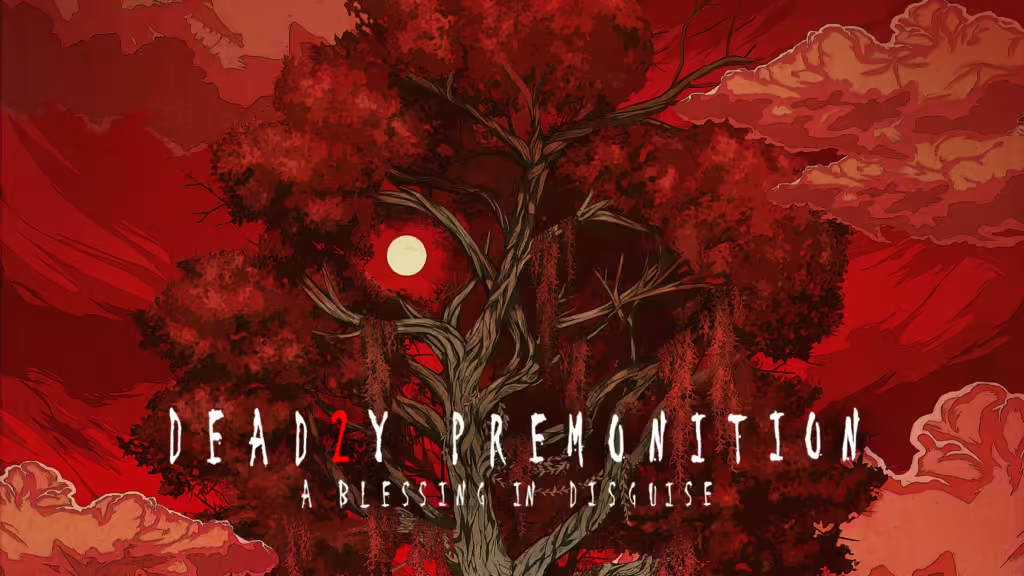Released in July 2018, Octopath Traveler for the Nintendo Switch, developed by Square Enix and Acquire, presents a distinctive fusion of nostalgia and innovation in the realm of Japanese role-playing games (JRPGs). It is not merely a game that evokes the golden age of turn-based RPGs but rather a meticulously crafted title that pushes the genre forward through its unique storytelling, visual aesthetics, and intricate combat mechanics. For anyone familiar with the narrative-driven, pixelated JRPGs of the 1990s, Octopath Traveler feels both like a love letter to a bygone era and a bold reimagining of what the genre can achieve.
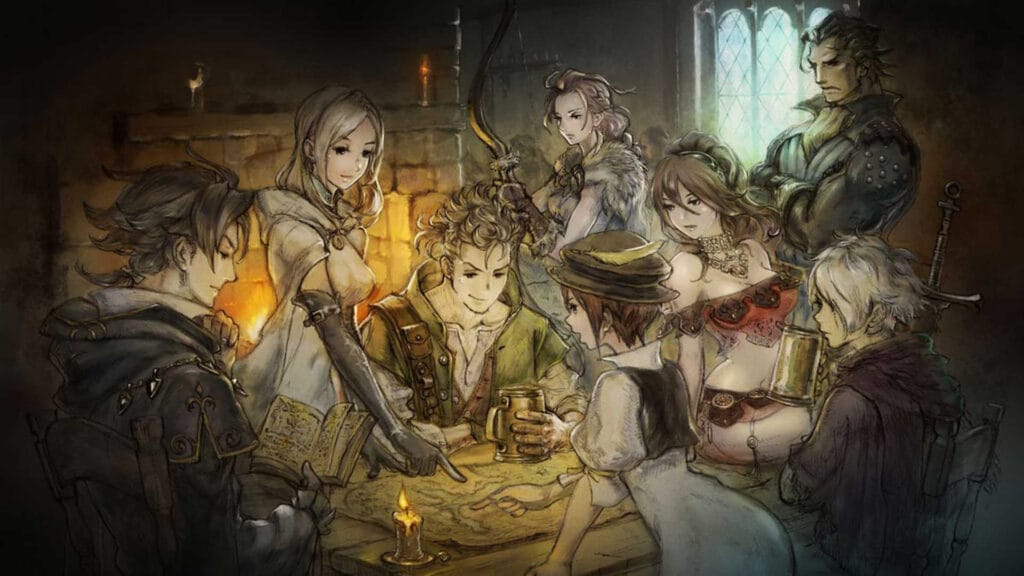
The Narrative Framework: Eight Stories, One World
One of the most defining features of Octopath Traveler is its storytelling structure. The game revolves around eight distinct protagonists, each with their own fully fleshed-out backstory, motivation, and path to walk. These eight stories, while existing within the same world, do not intersect in the typical JRPG fashion, where a central plot weaves everyone’s journey together. Instead, Octopath Traveler presents a more anthology-like narrative. Players can choose any of the eight characters—Therion the thief, Ophilia the cleric, Cyrus the scholar, and others—to begin their journey and, over time, recruit the other characters into their party.
Each protagonist’s narrative arc is divided into four chapters, creating a modular structure where the player can freely engage with stories in any order. This approach creates a highly personalized experience. Therion might steal his way through aristocratic estates while Ophilia embarks on a pilgrimage of faith, and each tale unfolds with a thematic coherence reflective of the character’s background. What unites these eight tales is not a grand, overarching plot, but rather the world in which they exist—Orsterra—a land filled with history, legends, and secrets waiting to be uncovered.
Critically, this narrative structure is a double-edged sword. On one hand, it offers a refreshing break from the monolithic, world-saving epics that define much of the JRPG canon. On the other hand, it has been criticized for a lack of character interconnectivity; despite traveling as a party, the characters seldom influence one another’s stories in meaningful ways, creating a sense of isolation even within the group. This decision, whether intentional or a design limitation, adds to the game’s thematic focus on individual agency and personal journeys but sacrifices the more emotionally charged party dynamics seen in other Square Enix games like Final Fantasy VI or Chrono Trigger.
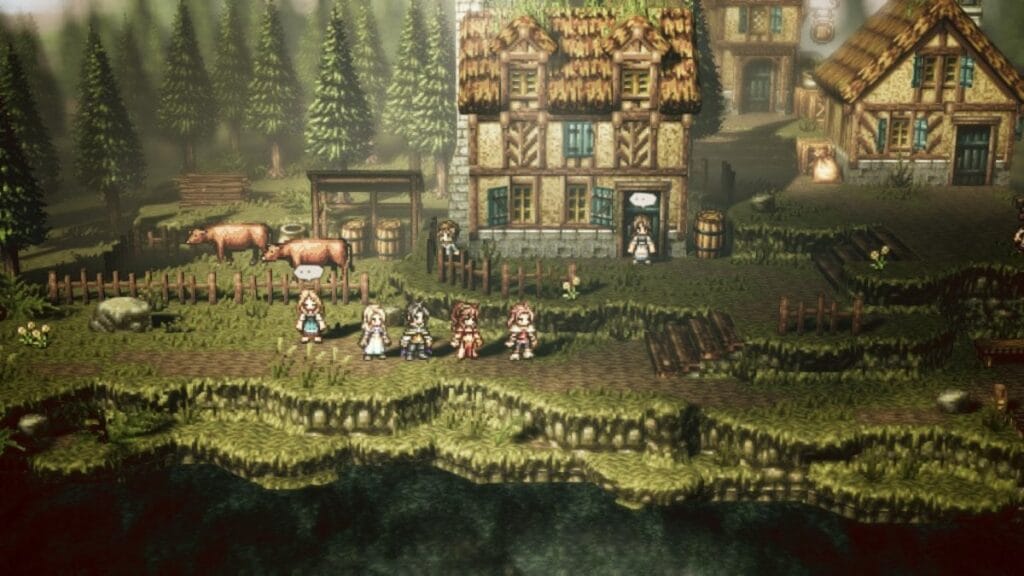
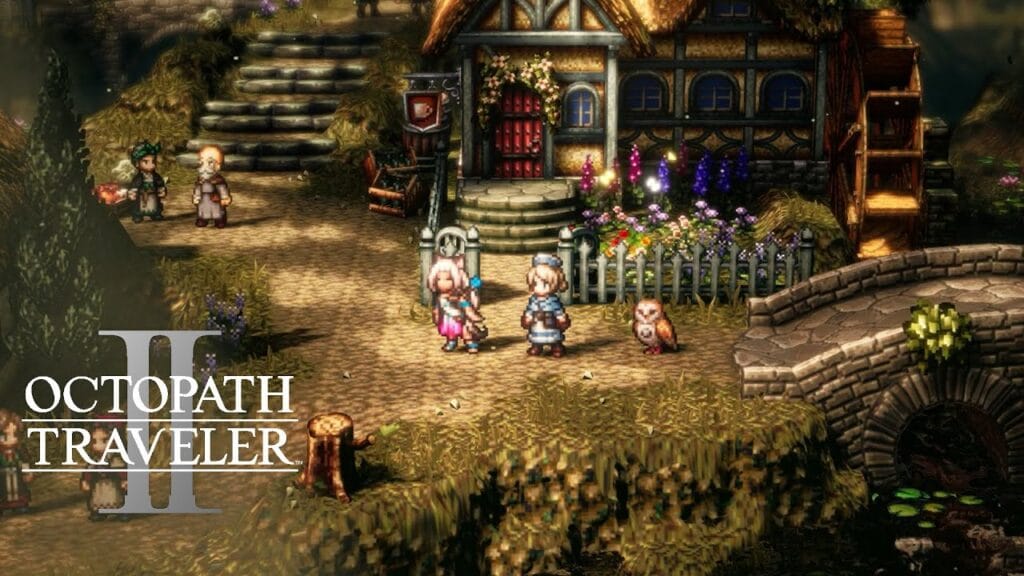

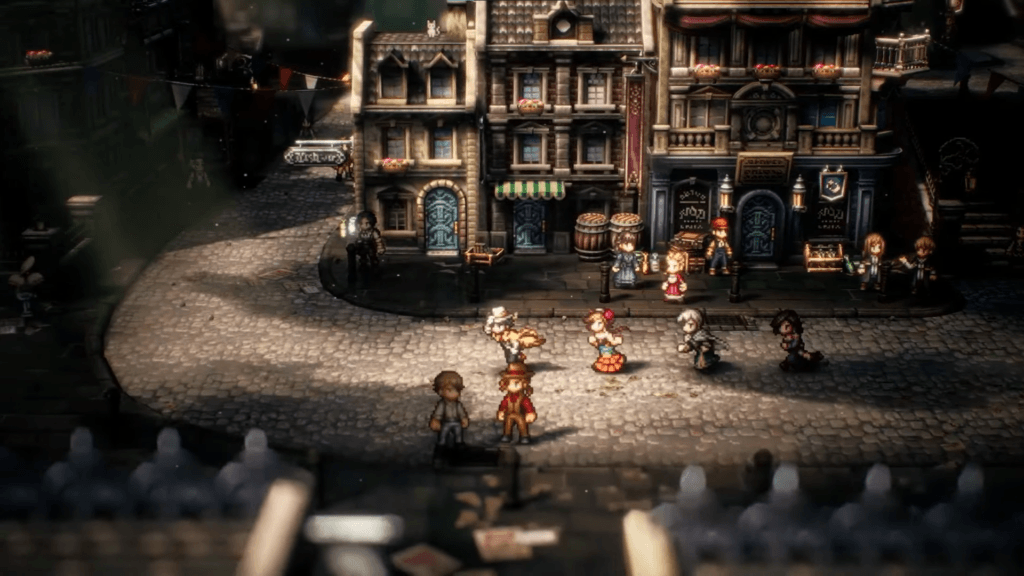
Combat and Gameplay: Refining Turn-Based Strategy
Beyond its narrative, Octopath Traveler shines in its turn-based combat system. At first glance, the mechanics seem to follow a traditional formula: each character takes turns attacking, using items, or casting spells. However, the game introduces a layered system of “Boost Points” (BP) and a “Break” mechanic, which adds significant strategic depth. Every turn, each character earns one BP, which can be stored and used to amplify the potency of their attacks or abilities in future turns. This allows players to unleash devastating combos by carefully timing when to “boost” an attack.
The “Break” mechanic is another innovative addition. Every enemy in the game has a hidden set of vulnerabilities—specific types of weapons or elemental attacks they are weak to. By exploiting these weaknesses enough times, players can “break” the enemy, stunning them for a turn and leaving them vulnerable to increased damage. The constant balance between building up BP, exploiting enemy weaknesses, and planning ahead gives the game a chess-like, tactical complexity. It transforms each battle into a puzzle where brute force is often less effective than thoughtful exploitation of enemy vulnerabilities.
Additionally, each of the eight protagonists has a unique “Path Action” they can use outside of combat, which further differentiates them and allows for varied approaches to exploration. For example, Primrose the dancer can allure NPCs to follow her and fight alongside her, while Olberic the warrior can challenge townspeople to duels. These Path Actions not only offer role-playing opportunities but also contribute to the depth of the game world, encouraging players to interact with NPCs in ways that feel meaningful and dynamic.

The HD-2D Art Style: A Nostalgic Masterpiece
Visually, Octopath Traveler is a striking example of modern technology applied to classic aesthetics. The game employs a unique “HD-2D” art style, blending highly detailed pixel art characters with lush, three-dimensional environments. The result is a visual experience that evokes the simplicity and charm of 16-bit classics like Final Fantasy IV and Secret of Mana while enhancing them with contemporary visual effects, such as dynamic lighting, particle effects, and a depth-of-field blur that adds a sense of scale and dimension.
The landscapes of Orsterra are lovingly rendered, each region reflecting its own distinct biome and architectural style. From the snowy highlands of Flamesgrace to the desert city of Sunshade, the environments teem with life and atmosphere. The lighting effects in particular—whether the glow of a lantern in a darkened cave or the golden hues of a sun-drenched field—lend a diorama-like quality to the game, making it feel as though each screen could be a living, breathing painting.
Music and Sound Design: An Emotional Landscape
Complementing the game’s visuals is a magnificent score composed by Yasunori Nishiki. The soundtrack of Octopath Traveler is one of its most celebrated aspects, blending sweeping orchestral arrangements with more intimate, character-specific themes. Each protagonist has a leitmotif that captures the essence of their personality and journey, such as the haunting violin-driven melody of H’aanit or the regal, somber tones that accompany Ophilia’s quest.
The music is not only emotionally resonant but also highly adaptive. Battle themes escalate in intensity as players move from ordinary encounters to boss fights, with transitions that feel natural yet exhilarating. The soundtrack serves as a powerful narrative tool, subtly guiding the player’s emotional journey through the various highs and lows of each character’s story arc. The use of recurring motifs across different tracks also helps tie together the game’s otherwise disparate narrative strands.
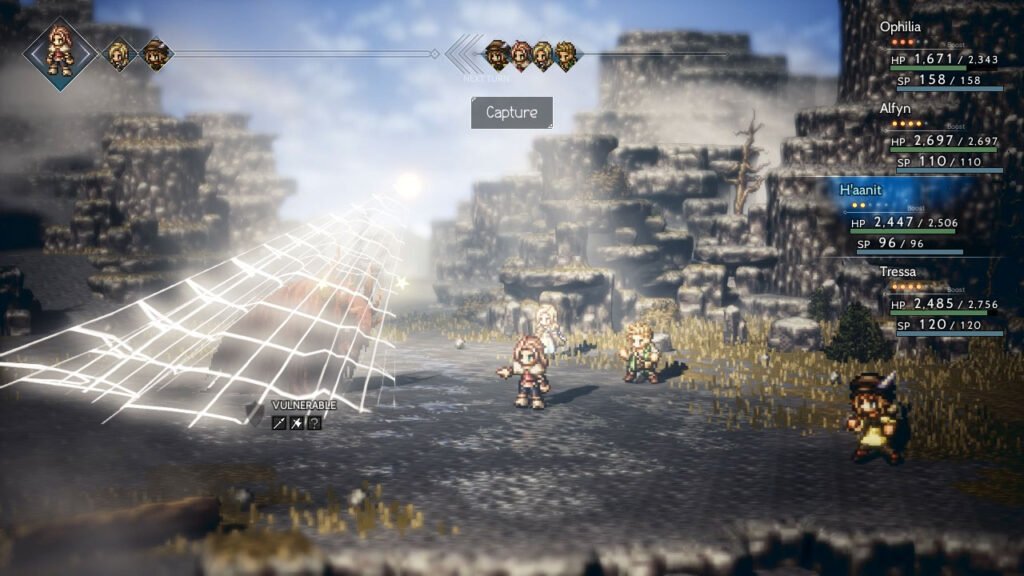
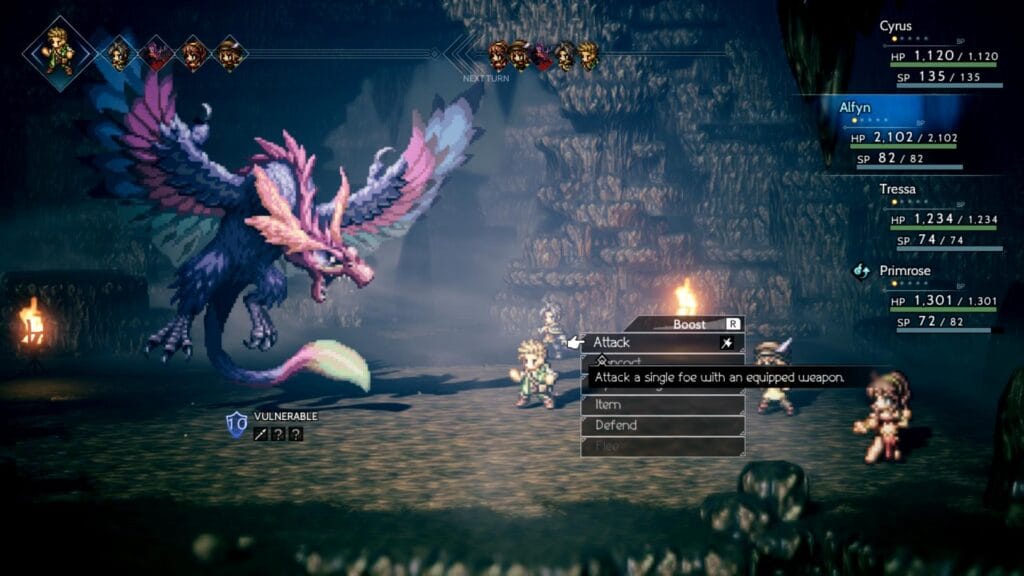

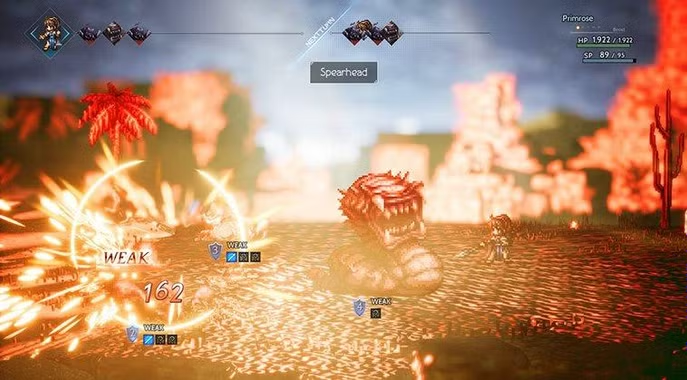
A Study in Autonomy and Narrative Fragmentation
From a thematic perspective, Octopath Traveler engages with ideas of autonomy, isolation, and fragmented experience. The decision to have eight separate stories, rather than a unified narrative, can be interpreted as a reflection on individualism within a broader societal framework. In many ways, Orsterra is a world defined by its divisions—between cultures, professions, and social classes. Each character’s story is deeply personal, often revolving around themes of redemption, vengeance, or discovery, and they confront their personal challenges largely on their own, even while surrounded by allies.
This fragmented narrative structure challenges the conventions of traditional JRPG storytelling, where party unity and a central quest typically bind characters together. By contrast, Octopath Traveler emphasizes personal agency over collective action, offering a more introspective take on the genre. For some players, this shift is liberating, allowing for a focus on the richness of individual stories. For others, it can feel disjointed, as though the game is missing a cohesive “glue” to bind the character arcs into a singular, emotionally charged experience.
Conclusion: A Modern Classic
In the end, Octopath Traveler is a game that succeeds in both honoring its predecessors and carving out a new identity within the JRPG genre. Its blend of innovative combat mechanics, distinctive storytelling approach, and stunning HD-2D aesthetic makes it a standout title on the Nintendo Switch and a worthy addition to the pantheon of role-playing games. However, its structural decisions—particularly the isolated nature of its narrative arcs—may not appeal to everyone. For those willing to embrace its slower, more meditative pace and its emphasis on personal journeys, Octopath Traveler offers a richly rewarding experience. It is a game that invites reflection, not only on its characters’ paths but on the nature of storytelling in the digital age.



